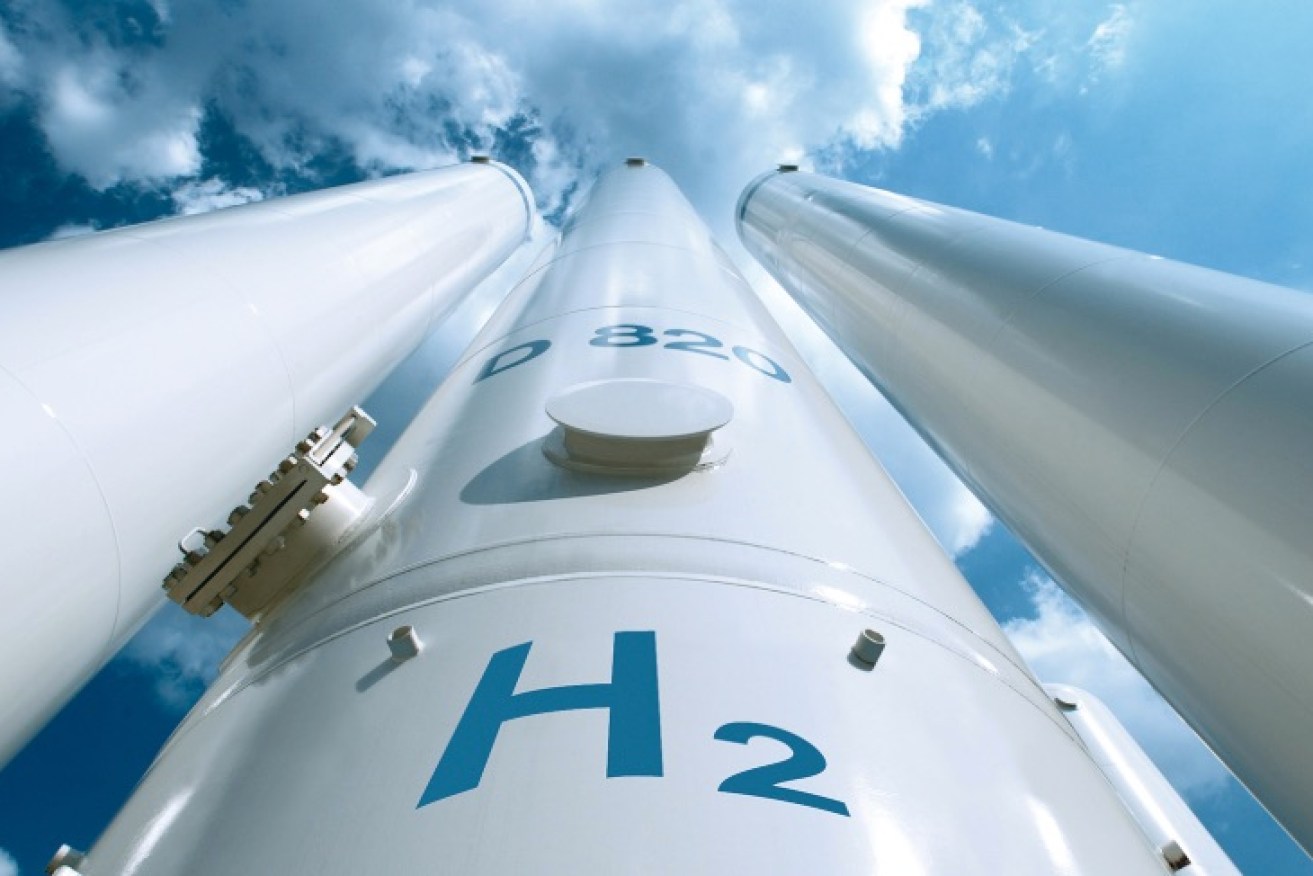Could Labor’s hydrogen proposal turn a profit?
Energy expert Benjamin Macey has drilled down on the State Opposition’s proposed hydrogen production, storage and electricity generation facility to examine the potential profitability of such a plan.


The South Australian Labor party last month announced its commitment to build, own and operate a renewable hydrogen power station if its wins the March 2022 election.
The proposal – called the Hydrogen Jobs Plan – includes the development of a $220 million, 250MWe capacity electrolyser that would draw power from excess solar production.
It also commits to a 3600 tonne hydrogen storage unit, which Labor says would hold the equivalent of two months of hydrogen power generation, and a 200MW combined cycle turbine power station, the total of which would create about 300 construction jobs.
Macey, a Senior Storage Consultant with energy consultancy firm Cornwall Insight, examined the plan and found if the plant had been operational from January to March 2021 it could have made a $2.3 million profit, compared with a $2.3 million loss in the same period in 2019.
He estimated over the 2020 summer it could have made $47 million in profit.
“We were expecting to show how much money it would lose … and it will lose money if they run it 100 per cent of the time, but if they only run it 20 per cent of the time to capture cheap solar then it’s able to make money,” the former SA Department of Energy and Mining manager said.
“Cornwall Insight believes the most profitable operation is based on 20 per cent utilisation and this includes the expected quarterly repayment on the $593 million of government debt with interest, operating costs and the net cost of energy.
“We have assumed the hydrogen will be sold at $2/kg, this aligns with the Australian Government Technology Investment Road Map goal of enabling clean hydrogen under $2/kg.”
Cornwall Insight’s profits were based on 100 per cent debt financing with a 1.75 per cent return.

Macey said the huge jump in estimated profit between 2019 and 2020 was the result of grid separation – also known as islanding – between South Australia and Victoria over the 2020 summer, which was caused by extreme weather and drove up electricity prices, as well as the increased uptake of solar across South Australia, which has lowered day-time electricity costs.
He said with more extreme weather events potentially on the horizon, a hydrogen plant had an opportunity to capitalise on such events but first required financial backing, which would be difficult without government taking the lead.
“If you’re a commercial company spending this much money you want a return much greater than 1.75 per cent,” Macey said.
“The government can take the risk of lower return because there is so much added value to the whole state in terms of employment, the economic benefits, the decarbonising benefits, those are always going to be there – even if it doesn’t make money.
“Small losses would still be outweighed by the social benefits and industry attraction – it acts like a stimulus.
“If this facility was built, it could have made money if it was operating this summer. It’d create the supply chain and the industry and attract international companies here.
“If Australia is to compete globally in hydrogen exports, governments will need to assist the industry and be a first mover.”

Labor’s proposed hydrogen plant. Image supplied by Labor.
He said Labor’s hydrogen plant could also prevent blackouts and help keep the lights on, as it had an opportunity to stabilise the grid as a FCAS (Frequency Control Ancillary Services) supplier as well as earning additional revenue through this market in a similar way to the Hornsdale Power Reserve Big Battery in Jamestown.
Macey’s modelling indicated about 1517 tonnes of hydrogen would have been produced in the first three months of 2020, which could have been stored in the proposed facility, making it a suitable temporary holding unit for hydrogen before it was exported or used by industry.
“I do think South Australia needs to be producing hydrogen to decarbonise our other energy sectors, including steel production, heavy transport and agriculture, this is the way forward,” he said.
“I’m not trying to say we should store all of our wind and sun and put it into hydrogen just to create electricity. You want to be able to create electricity when it’s needed but it’s going to be a very small amount of time that you need it.
“There are going to be a lot of countries … that aren’t going to have enough energy from renewables and so they’re going to want to import renewables. How do you do that?
“You either have to build a cable to them from our country or turn it into a different product, like renewable hydrogen, and then send that to them via shipping.
“It’s really about creating renewable hydrogen when there’s excess wind or sun and providing this decarbonised fuel for the rest of our industry and for export.”




